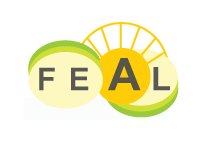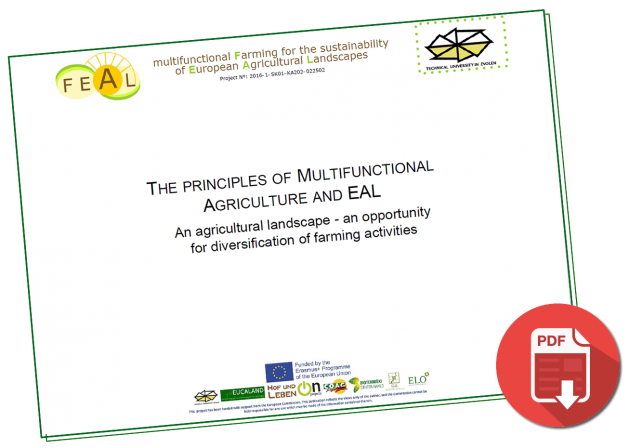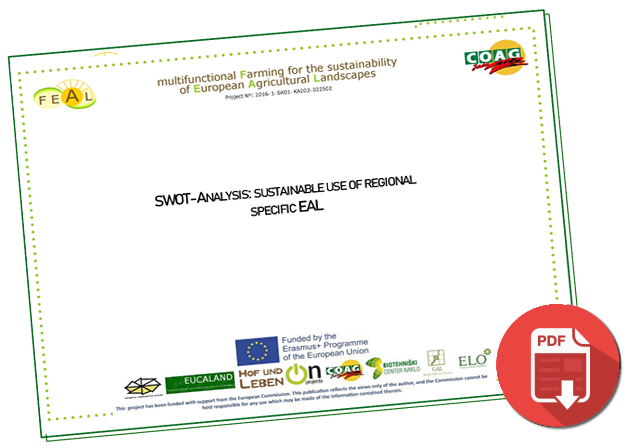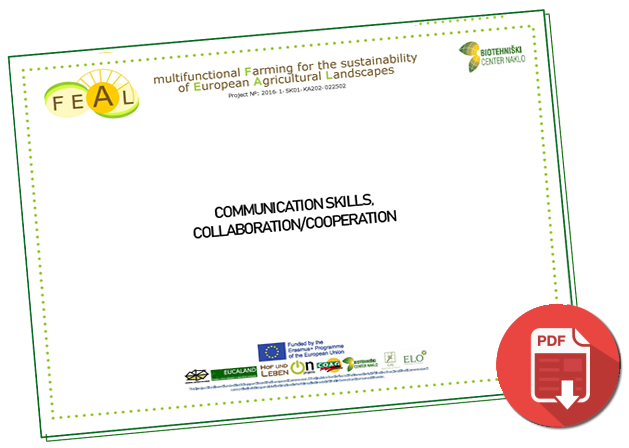- EU environmental policies contribute to the preservation and protection of endangered habitats and species. The Natura 2000 network and the 1992 Habitats directive establish a strict system of species protection as well as an extensive network of habitat preservation sites in order to ensure the ecological and economical sustainability of threatened land and wildlife.
- In 2014, Senior officials from the European Commission, representatives of European institutions, representatives of international bodies, foundations and international associations, as well as members of the academic community, experts and civil society organisations, attended an International Meeting on 'Cultural Landscapes in Natura 2000 Sites: Towards a New Policy for the Integrated Management of Cultural and Natural Heritage'
- At the moment, policy and guidance relating to landscape management and conservation can be found through various CAP and rural Development objectives. Examples include agri-environment measures aimed at contributing to the provision of valuable landscapes, as well as conserving cultural importance and recreational use. Land management, and the agricultural policy of individual members states is also a contributing factor that can affect the character of landscapes.
- The EU’s Biodiversity Strategy 2020 aims to halt the loss of biodiversity and ecosystem services in the EU and help stop global biodiversity loss by 2020. However, the mid-term progress report in 2015 shows that while some progress may have been made in certain areas, it has been at an insufficient rate.[1]
The EU has also changed the focus of CAP on the preservation of the rural environment and assistance for sustainable production. Moreover, the EU has developed its environmental policy by establishing Council directives on the conservation of wild birds in 1976; on the conservation of natural habitats and of wild fauna and flora in 1992; and the Natura2000 Network, which comprised both the Bird Directive and Habitats Directive in 2004. Natura2000 is a comprehensive nature preservation policy aimed at developing ecosystem networks within the EU. The EU is striving to develop its environmental policy to protect biodiversity by shifting its target from preserving species to the area as a whole, and create a network of diverse ecosystem areas. Natura2000 emphasizes the importance of the rural landscape and biodiversity.
Following an evaluation of the Birds and Habitats Directive, the European Commission adopted the EU Action plan for nature, people and the economy, in order to improve their implementation and boost their contribution towards reaching the Biodiversity targets by 2020.
Beyond 2020, the CAP aims to be more responsive to current and future challenges in regard to climate change or generational renewal, whilst continuing to support European farmers for a sustainable and competitive agricultural sector.[2] This may well see landscapes and biodiversity playing a role in future CAP policies.
The proposed objectives of a future CAP include:
- ensuring a fair income to farmers
- increasing competitiveness
- rebalancing the power in the food chain
- climate change action
- environmental care
- preserving landscapes and biodiversity
- supporting generational renewal
- vibrant rural areas
protecting the quality of food and health
[1] European Commission (2015). Mid-term review of the EU biodiversity strategy to 2020. [online] Available at: http://ec.europa.eu/environment/nature/biodiversity/comm2006/pdf/mid_term_review_summary.pdf [Accessed 7 Sept. 2018].
[2] European Commission. Future of common agricultural policy. [online] Available at: https://ec.europa.eu/info/food-farming-fisheries/key-policies/common-agricultural-policy/future-cap_en [Accessed 7 Sept. 2018].





